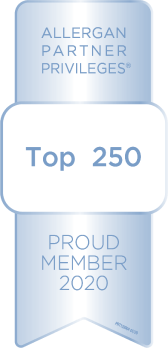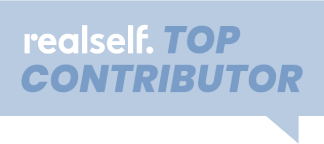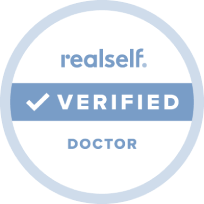 The inability to breathe easily can cause ongoing discomfort and frustration and it can rob you of sleep. Everyone deals with nasal congestion from time to time - we get a cold, or we have seasonal allergies, and that makes it difficult to breathe. However, it is a chronic and persistent problem for some people, disrupting daily life as something much more than an annoyance. One common cause of obstructed breathing is nasal valve collapse. This condition can be a structural issue from birth, or it can result from damage due to injury or even previous surgery performed on the nose. Board certified facial plastic surgeon and ENT (otolaryngologist), Dr. Jeffrey Raval says “there many nasal-specific causes, but few adequately trained surgeons that a patient can identify to help solve the problem and improve their life.”
The inability to breathe easily can cause ongoing discomfort and frustration and it can rob you of sleep. Everyone deals with nasal congestion from time to time - we get a cold, or we have seasonal allergies, and that makes it difficult to breathe. However, it is a chronic and persistent problem for some people, disrupting daily life as something much more than an annoyance. One common cause of obstructed breathing is nasal valve collapse. This condition can be a structural issue from birth, or it can result from damage due to injury or even previous surgery performed on the nose. Board certified facial plastic surgeon and ENT (otolaryngologist), Dr. Jeffrey Raval says “there many nasal-specific causes, but few adequately trained surgeons that a patient can identify to help solve the problem and improve their life.”
Whatever the cause, without correction, breathing issues will continue and can lead to serious secondary health problems. Disrupted sleep among the most concerning, it can lead to heart and lung stress and patients can develop sleep apnea. This might sound pretty scary, but the wonderful news is that nasal valve collapse can be easily corrected with surgery. Keep reading to learn all about the nasal valve, what causes its collapse, and what to expect if surgery is right for you.
Basic Structure of the Nose
Your nose may look pretty simple on the outside, but the interior is a complex series of passageways and protrusions. It is basically formed by two triangles, side by side. The base is fixed, the septum that runs up the center is fixed, but the sidewalls move. Inhaling exerts negative force inside your nose and the narrower the space, the faster the air flow, which creates even more negative force. That causes the sides to fall inward, partially or fully closing the nostril. The nasal valve is located in the lower to middle part of the nose and forms the narrowest part of the airway.
Symptoms of Nasal Valve Collapse
Nasal valve collapse is a condition that occurs when this area becomes too narrow or is weakened. The airway is restricted, and that’s what makes breathing so difficult.
Signs you might have nasal valve collapse
It can be tough to diagnose this condition, because the symptoms are often similar to those associated with a deviated septum. Common symptoms include:
- Significant difficulty breathing in or out through one or both nostrils
- Painful breathing
- Snoring
- Disrupted sleep
- Chronic nasal congestion
- Nose bleeds
- Difficulty breathing with strenuous exercise
Sometimes there are visible signs of nasal valve collapse. The nose may appear “pinched” on one or both sides, or one or both sidewalls may collapse inward when you take a deep breath through your nose.
If your breathing improves when you pull up the cheek on the side where it is difficult to breathe, that can indicate nasal valve collapse. Pulling the cheek opens the airway on that side. This is the principal behind nasal breathing strips, which can help alleviate symptoms temporarily.
What Causes Nasal Valve Collapse?
There are many things that can cause nasal valve collapse, including:
- A congenital cartilage defect that results in abnormally narrow nostrils or an unusually wide columella (the cartilage that separates the nostrils at their base).
- A broken nose or other trauma that results in excess scar tissue, inflammation, or inflated tissue
- A deviated septum, whether natural or caused by injury
- Enlarged turbinates (bony structures within the nose that warm, humidify and help filter incoming air)
- Aging, which naturally weakens the nose structure
Can Rhinoplasty Cause Nasal Valve Collapse?
Nasal reduction surgery is a common cause of nasal valve collapse. To make your nose smaller, the surgeon must remove some bone and/or cartilage to smooth a hump, or reduce the thickness of cartilage or underlying skin tissue from the outer wall(s) to narrow the width of the nose or reduce the tip. These changes can weaken internal structures because the supporting elements inside your nose are literally made smaller. Sometimes, that can cause one or both nasal valves to collapse inward, narrowing air passages. In some cases, nasal tip reduction can result in a pinched appearance as well as breathing difficulty.
Can a Collapsed Nasal Valve be Corrected?
The answer is YES! A plastic surgeon who has had extensive additional training in rhinoplasty can determine whether nasal valve collapse is causing your breathing problems - and proper diagnosis is crucial. Just because you have breathing difficulty following cosmetic rhinoplasty does not automatically mean the problem is nasal valve collapse. If you have recently had rhinoplasty, it is important to remember that complete recovery can take up to a year. You will see your new nose emerge soon after surgery, as initial swelling and bruising fades, but it will take more time for final changes to gradually appear as your nose “settles in.” For this reason, Dr. Raval recommends waiting to consider further surgery – whether for cosmetic revisions or for functional correction – until your nose has fully recovered.
What to Expect: Pre-Op
You’ve decided to have nasal valve surgery. The thought of finally being able to breathe normally excites you, but you may still feel a bit anxious about the surgery itself. That’s perfectly natural, but knowing how to prepare – for the procedure and for your recovery afterward -- will give you confidence and peace of mind. That way, you can focus on the exciting part – the results.
The best thing you can do prior to any surgery is ensure your body is in good health. You want to get your blood flowing, because good circulation is essential for healing. To do that:
- You will have to stop smoking, if you do so, at least two weeks prior to surgery. This applies to marijuana as well as tobacco. Smoking is banned before surgery because it constricts your blood vessels.
- We also recommend that you stop drinking alcohol for the week leading up to your surgery, for the same reason.
- Exercise is excellent, especially if you don’t exercise regularly. Exercise delivers blood to your brain as well as the rest of your body, so it can improve your outlook as well as your ability to heal.
What to Expect: The Procedure
Every patient is different, so nasal valve surgery is a customized procedure. Duration of the surgery depends on exactly what needs to be done. Surgery is performed as an outpatient procedure, so there is no need to stay in a hospital overnight. Dr. Jeffrey Raval performs all his nasal surgeries in a top-level medical surgical center, using general anesthesia to ensure patient safety and comfort. To correct nasal valve collapse Dr. Raval will very carefully re-sculpt bone and/or cartilage and remove other barriers to eliminate obstruction and restore normal airflow. Incisions are very small, placed so they are virtually undetectable once your post-operative recovery is complete. He may place grafts to provide better internal support. While some surgeons use titanium implants, Dr. Raval does not. He prefers natural material such as cartilage, because it is better tolerated by the body and has a lower risk of infection long term.
What to Expect: Post Op
You’ll be able to go home about an hour after surgery, if all goes well, but someone else will have to drive you. After that, your recovery will depend on the details of your procedure and your overall health. You will be given specific instructions about what to do – or not do. Following them carefully will help you recover as quickly as possible, with the least discomfort.
You can expect to be off work anywhere from a few days to a couple of weeks. Although the incisions made for nasal valve surgery are small and are typically made inside your nose, you will need to keep your head elevated initially, to reduce the chance of bleeding. And you may experience some swelling or bruising. Usually, an ice pack is all that’s needed to reduce swelling. Your recovery instructions may also include nasal packing removal or irrigation.
You can also expect soreness around your nose, which could be exacerbated by wearing glasses, bending over or other everyday activities. Try to avoid these things, as much as possible. You’ll need to keep other movement to a minimum at first, too. Slow walking or other simple activities will be OK, but not actions that put stress or strain on your body, such as lifting. After about two weeks, you can resume aerobic exercise, biking, running, and so on.
You will revisit Dr. Raval after your surgery, so he can personally check on your progress. The schedule for follow-up exams will depend on your surgery.
And, finally, prepare to breathe more comfortably during the day and get a better night’s sleep!
What to Expect: Insurance Coverage
Health insurance does not usually cover cosmetic surgery, but repairing nasal valve collapse is a medically necessary procedure, so the cost will likely be covered. This is true even if the problem resulted from previous cosmetic rhinoplasty. Nonetheless, you should speak to your insurance provider before scheduling any surgery, to confirm your specific coverage.
Combination Surgery
Everything about your nose is interconnected, so structural defects can also affect the outward appearance of your nose. For example, if you have a deviated septum, your nose may be crooked. Repairing the inside may improve the exterior appearance, but a combination procedure can deliberately address both issues. Or perhaps you just don’t like some visual aspect of your nose – its size or shape – and you want to make some changes while you’re having your breathing restored. At Raval Facial Aesthetics, our patients often wonder if they can have some cosmetic changes made to their nose during nasal valve surgery. We’re happy to say that the answer is yes!
Who Should Perform My Surgery?
The most important decision you’ll have to make is choosing the surgeon who will perform your nasal valve correction. It takes medical knowledge, substantial experience, and a special kind of artistic talent to achieve the functional and aesthetic results you want. You are putting both your appearance and your ability to breathe in your surgeon’s hands and that takes trust.
Dr. Jeffrey Raval, MD, FACS, specializes in facial surgery, rhinoplasty in particular. He is double board certified by the American Board of Facial Plastic and Reconstructive Surgery and the American Board of Otolaryngology/Head and Neck Surgery. He is also a fellow of the American Academy of Cosmetic Surgery as well as the American College of Surgeons. He is well-known and highly respected in the Denver area, and in fact, patients from all around the country travel to Denver to have Dr. Raval perform their nose surgery. The numerous accolades he has received attest to his skill and passion as a surgeon and his commitment to personalized patient care.
“Many of my patients have suffered damage from a previous surgery,” says Dr. Raval, “and only an experienced surgeon who can recognize the persistent cause can treat it permanently.” His patients’ feelings of satisfaction and well-being are supported by a long-term study spanning 1.5 years. More than 70% of respondents were “very happy” or “extremely happy” with the results of airway surgeries on the nasal septum or valves.
So Let’s Talk
If you experience moderate to severe breathing problems, it is important to be evaluated by a medical professional. The symptoms you’re experiencing – difficult or painful breathing, ongoing lack of sleep, headaches, infections – are frustrating, and they can affect your daily living. They can also lead to broader, even more serious health problems. There is no reason to keep suffering. Schedule a private consultation with Dr. Raval to discuss your options for relief.
Whether this will be your first nose surgery or not, we can combine aesthetic changes and structural repairs in one procedure for you. Exactly how that will work depends on the specifics of your nose’s current condition, your skin, your overall health, and your goals. Those things make you unique, which is why a personal consultation is an important first step toward surgery. When you meet with Dr. Raval, he will be able to physically examine you and address any questions or concerns. Then, together, you can make a surgical plan tailored just for you.
Wanting a little more information? Click below to download our free eBook on Nasal Valve Surgery.
Supporting Source: Rhee et al., “Nasal Valve Surgery Improves Disease-Specific Quality of Life,” The Laryngoscope 115, March 2005.
- Acne
- Botox/Dermal Fillers
- Browlift
- Chemical Peels
- Chin Augmentation
- Consultation
- Denver Facial Plastic Surgeon
- Deviated Septum
- Eyelid Procedures
- Facelifts/Necklifts
- Headaches/Excessive Sweating
- Healthy Living
- Laser Hair Removal
- Laser Treatments
- Latisse
- MedSpa
- Memberships
- Microdermabrasion
- Nasal Valve Collapse
- Non-Surgical Procedures
- Rhinoplasty
- Skin Care
- Thread Lifts
- Wrinkle Treatments


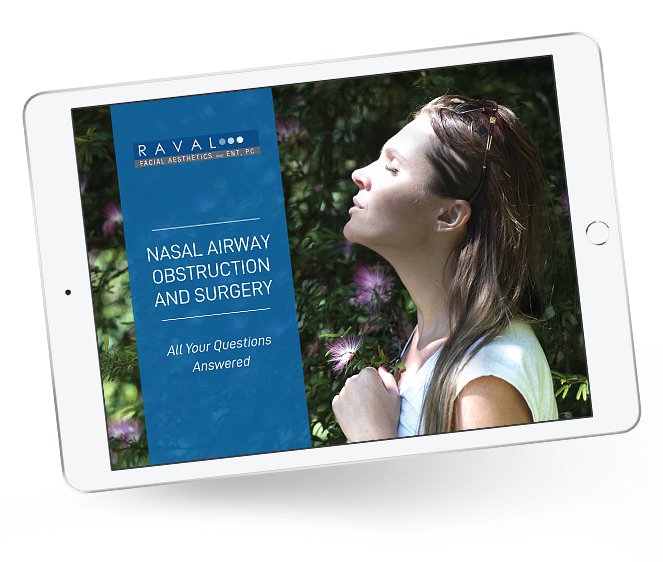
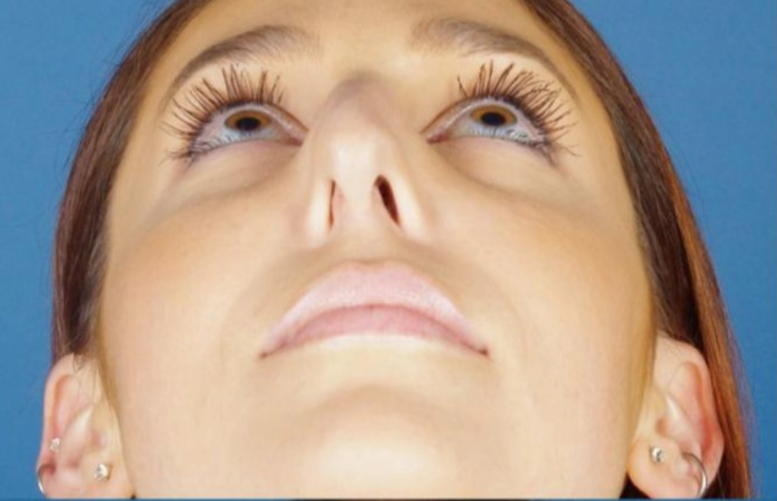
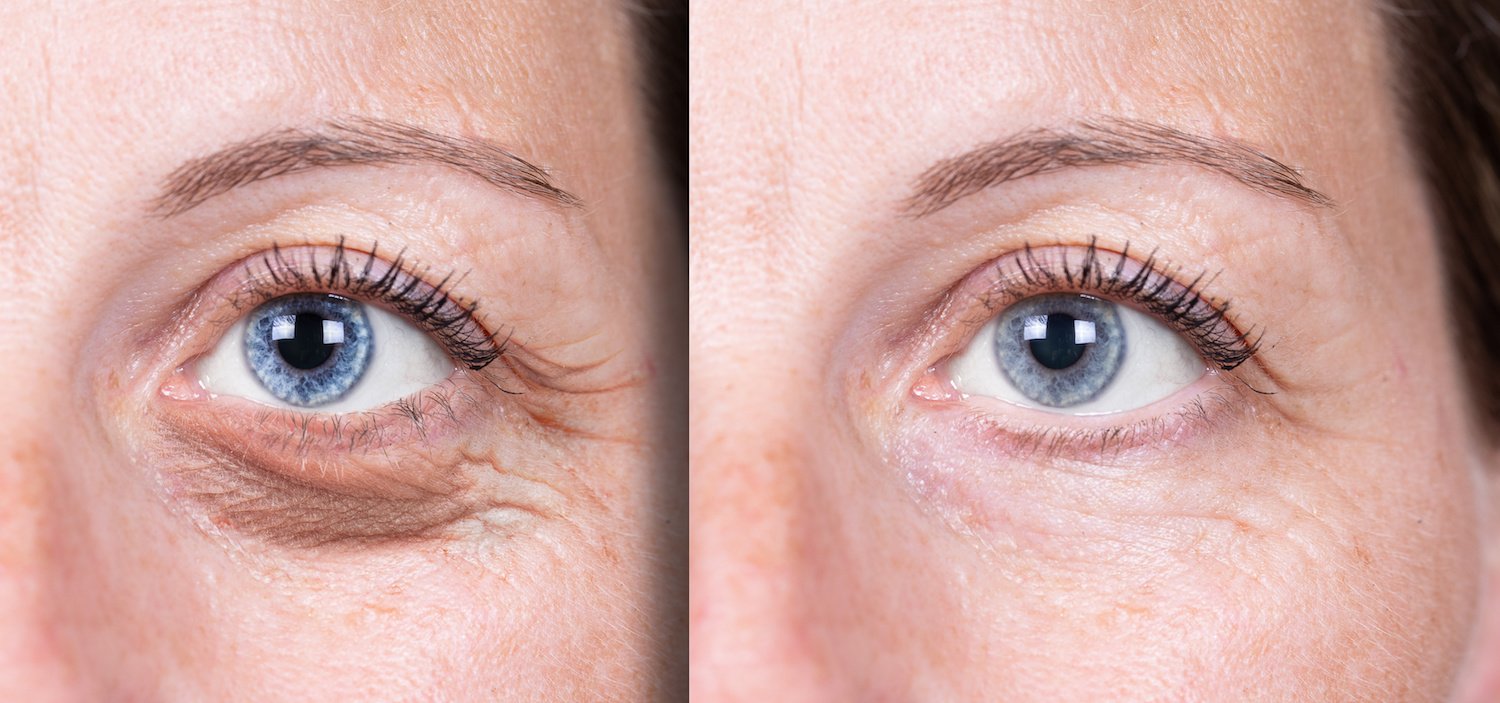
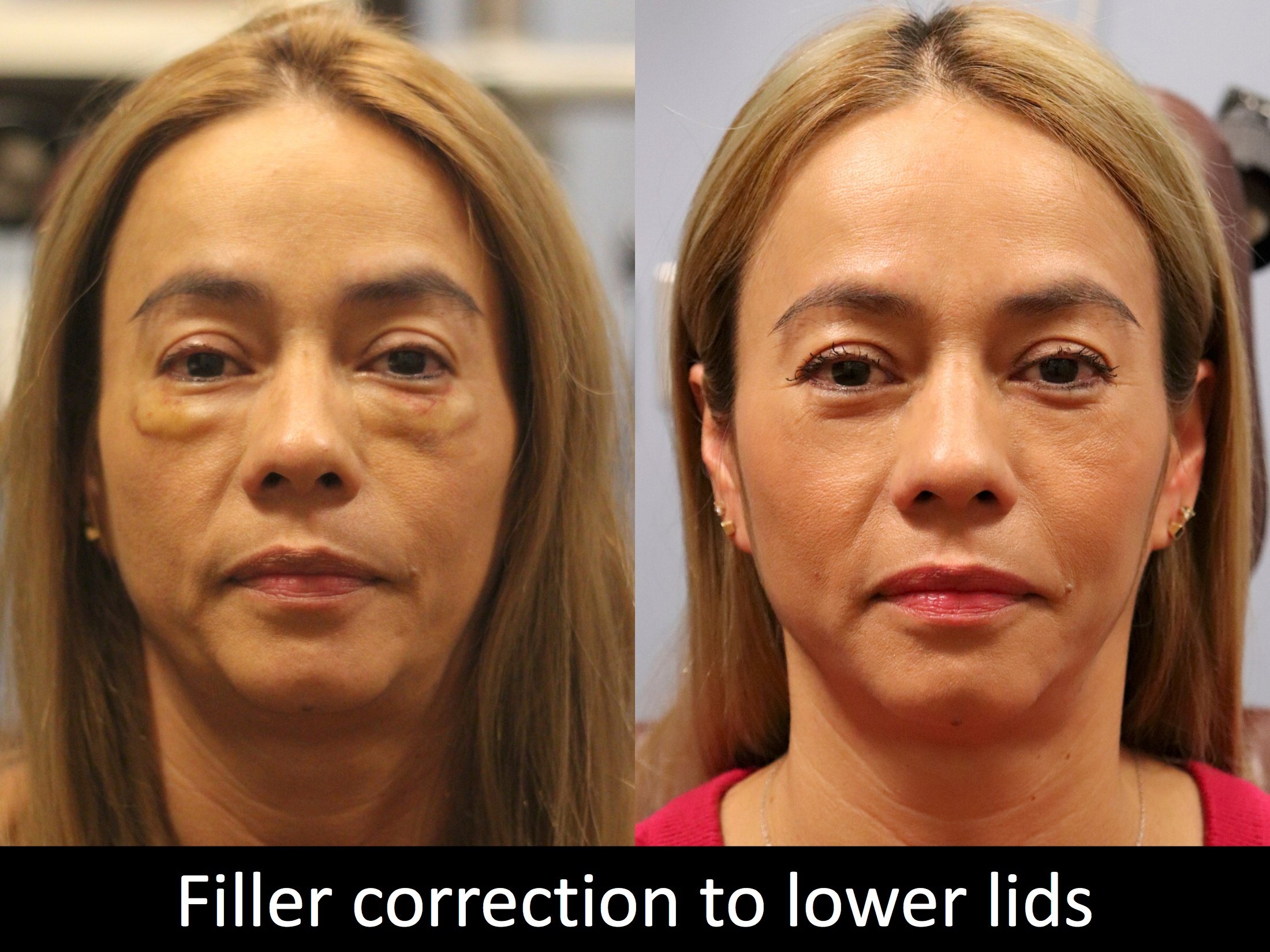
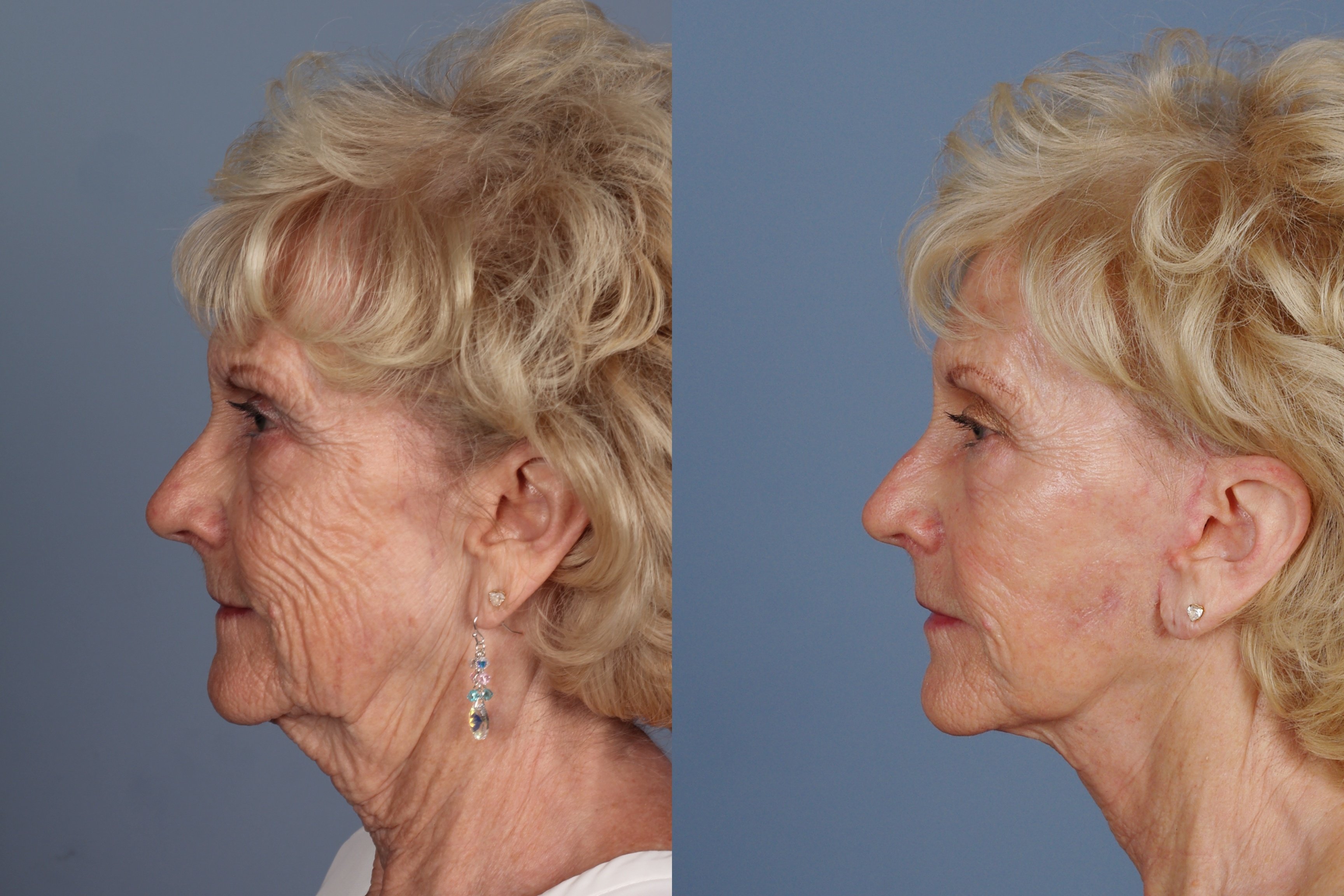
.jpeg)



